Understanding HDPE Pipe Fittings
HDPE pipe fittings are integral components of piping systems, designed to connect high density polyethylene pipes for a variety of applications. These fittings come in various shapes and sizes, tailored to meet the needs of different piping layouts and requirements.
Types and Applications of HDPE Fittings
The versatility of HDPE plumbing fittings is evident in their wide range of types such as elbows, tees, couplings, and hdpe electrofusion fittings. Each type serves a specific function, from changing the direction of the flow, branching off, or connecting pipes of different diameters. The hdpe pipe joint is particularly crucial for ensuring a leak-proof system, often used in water and gas distribution networks, waste management systems, and in agricultural irrigation.
Features and Advantages of HDPE Fittings
HDPE fittings are known for their durability and resistance to corrosion. They are less prone to damage and have a longer lifespan compared to other materials. The flexibility of polyethylene pipe fittings allows for a certain degree of movement within the system, which is beneficial in unstable soil conditions. Additionally, the smooth interior wall of hdpe pipes and fittings reduces flow resistance, increasing efficiency.
Materials and Construction
The construction of hdpe pipe fittings involves the use of high-density polyethylene, a material known for its strength and flexibility. This makes them suitable for a variety of applications, including potable water systems and corrosive chemical transport. HDPE coupling and stub end hdpe components are designed to withstand high pressures, contributing to the overall safety and longevity of the piping system.
Selection Criteria for HDPE Pipe Systems
Selecting the right fitting hdpe pipe involves considering the fluid to be conveyed, the operating pressure, and the environmental conditions. For instance, pe pipes and fittings are often chosen for their resistance to many different types of fluids and their ability to perform well under various temperature ranges. The selection process is critical to ensure the integrity and efficiency of the entire system.
Environmental Impact and Sustainability
Polyethylene pipe and fittings are not only efficient but also environmentally friendly. They are made from a recyclable material, reducing the environmental footprint. Furthermore, the lightweight nature of hdpe pipe fittings lowers transportation costs and energy consumption during installation, contributing to a more sustainable construction process.
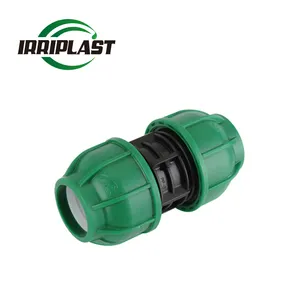


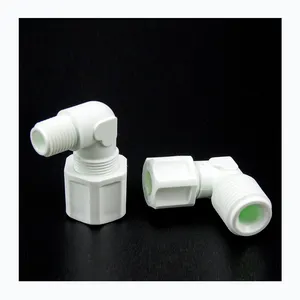


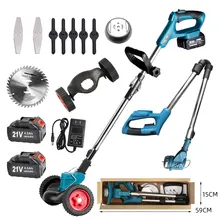
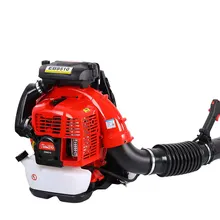
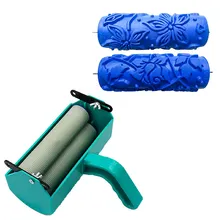
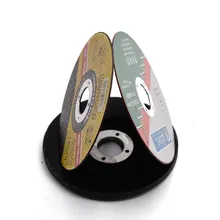

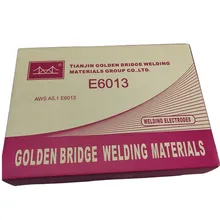



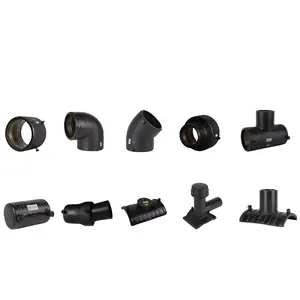

























 浙公网安备 33010002000092号
浙公网安备 33010002000092号 浙B2-20120091-4
浙B2-20120091-4